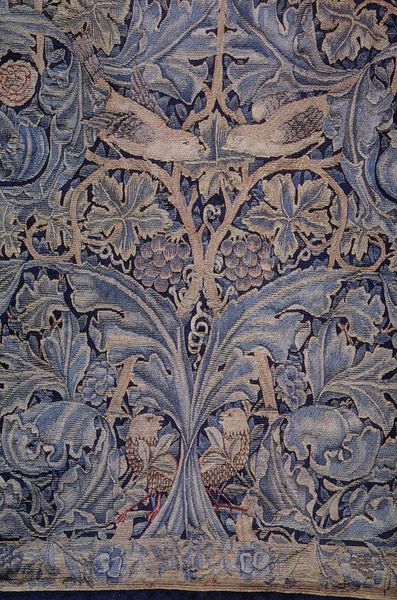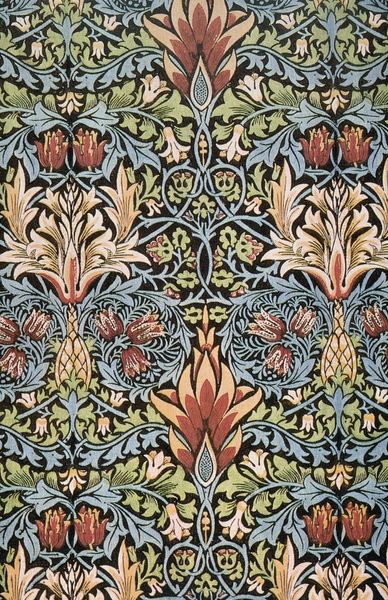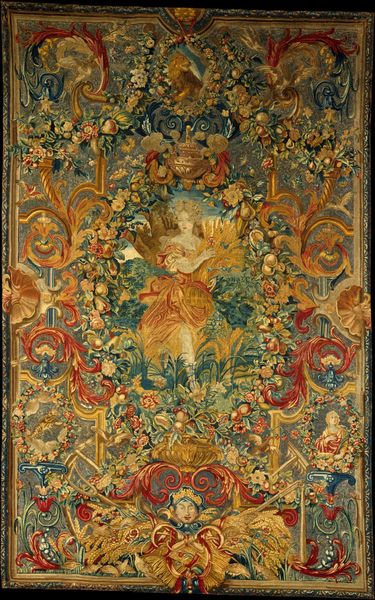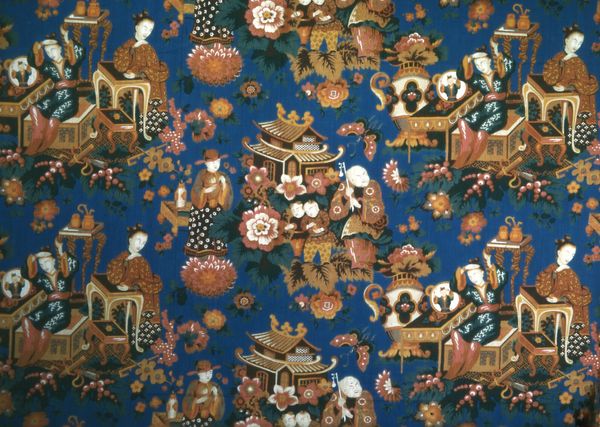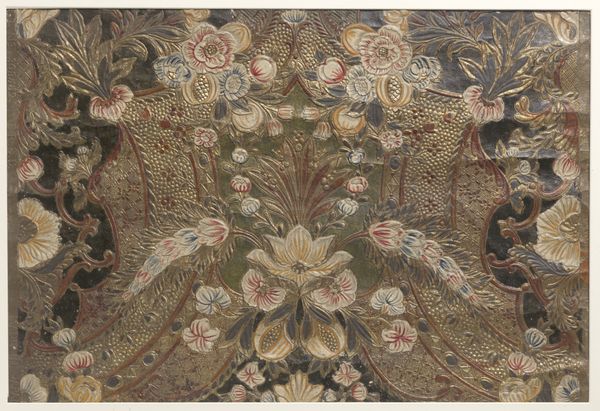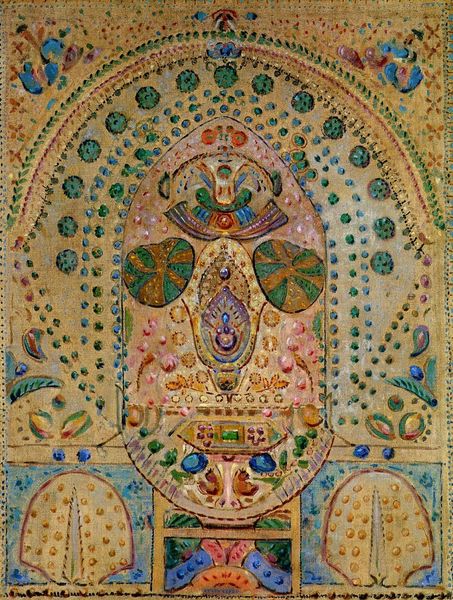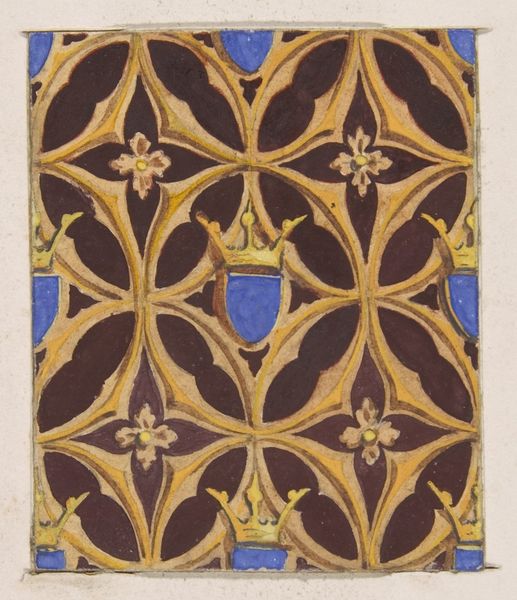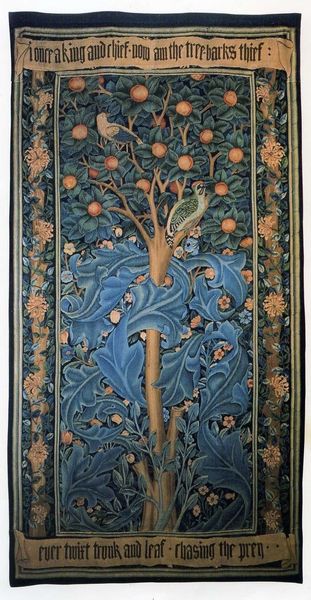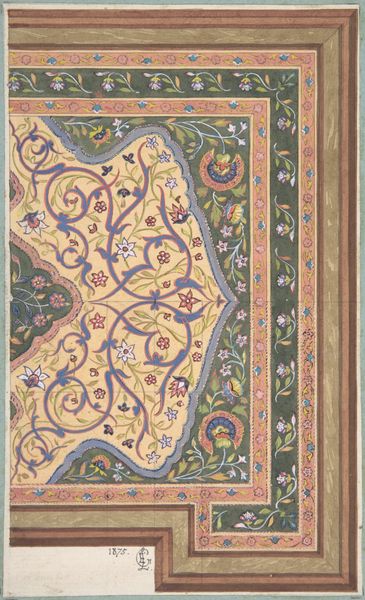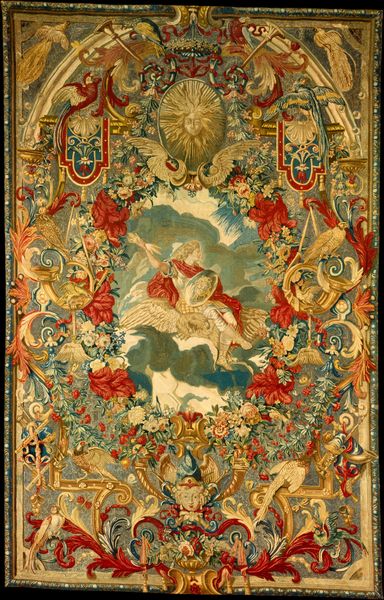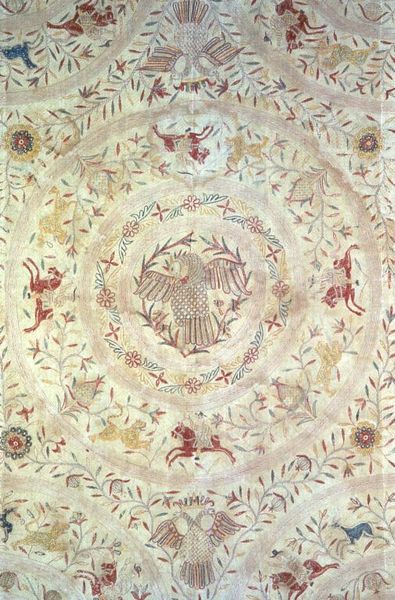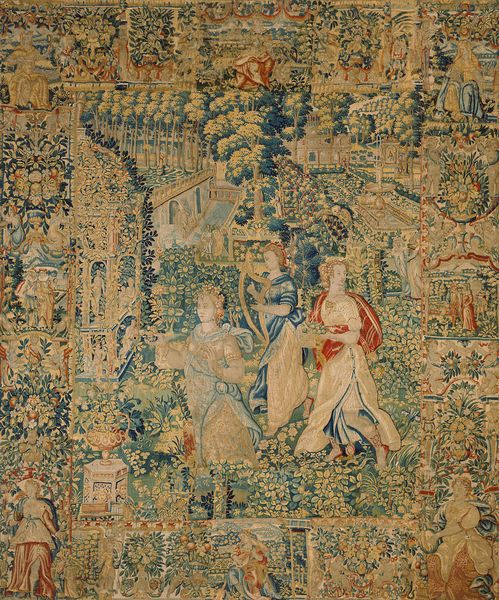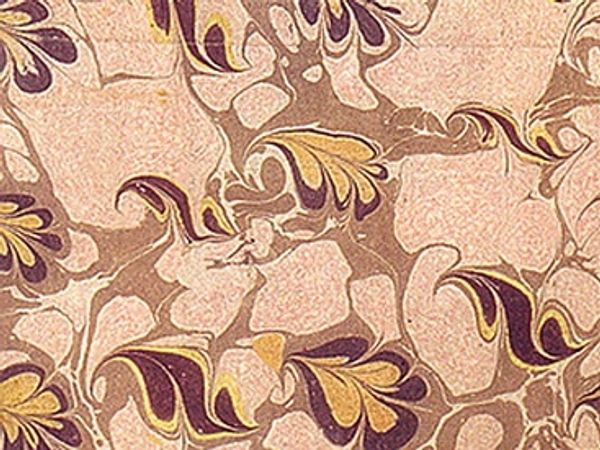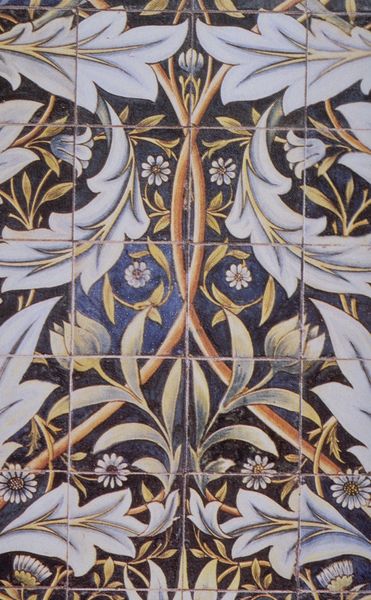
fibre-art, weaving, textile
#
fibre-art
#
arts-&-crafts-movement
#
weaving
#
textile
#
decorative-art
Copyright: Public domain
Editor: This is the "Acanthus embroidered panel," created around 1890 by William Morris. It is fibre-art, weaving and textile. The intense detail is incredible and creates a rather ornate overall aesthetic. How should we understand it in relation to the time period in which it was made? Curator: Well, to understand this panel, we really have to consider the social context. The late 19th century witnessed a shift in societal attitudes toward industrialization. Think about what was mass produced, its effect on labor conditions, the aesthetics of these factory made materials, the rise of urban pollution… Editor: It sounds bleak! Curator: It was, in many ways. Morris and his Arts and Crafts movement reacted against this by emphasizing handcraftsmanship. They believed that well-designed, handmade goods could improve the lives of both the maker and the consumer. It was an explicit rebuke of the social cost of industrial production. Now, do you notice the repeating pattern? Editor: Yes, the stylized leaves are very regular. Curator: Right. This highlights how art and design are integrated into daily life. Consider who was intended to use these materials. Art was seen as something integrated into lived space, accessible to a larger public audience beyond just painting and sculpture hung on walls. This piece represents a deliberate political statement. How do you interpret its visual impact? Editor: I hadn’t considered its political nature so directly. It really gives me a better understanding of its place in history. Thanks! Curator: Absolutely. It makes you rethink how the objects around you impact not only the space in which you live, but how you feel and behave within it.
Comments
No comments
Be the first to comment and join the conversation on the ultimate creative platform.
